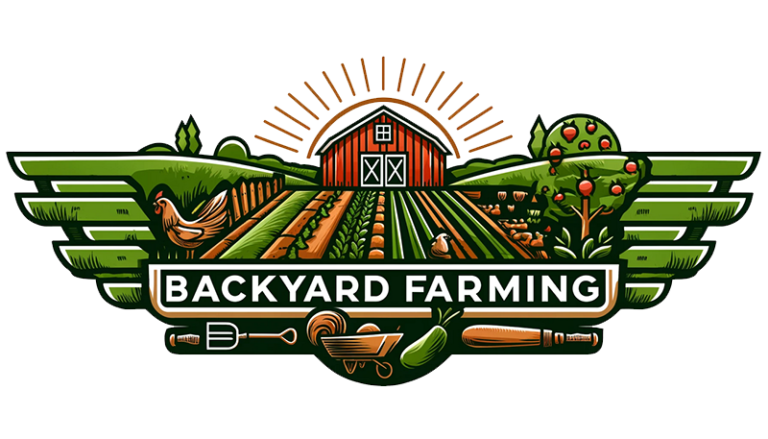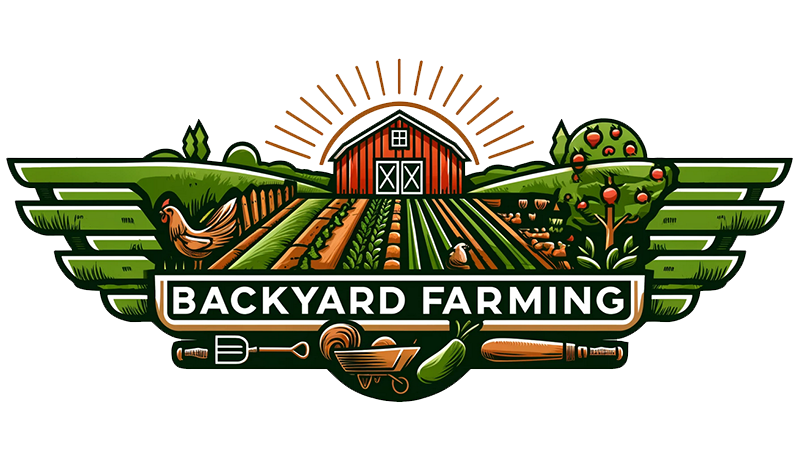Introduction
Welcome to the world of vegetable gardening! Whether you’re a seasoned gardener or a complete beginner, cultivating your own vegetables in your backyard can be a rewarding and fulfilling experience. In this comprehensive guide, we’ll explore the essential factors for successful vegetable gardening, the top vegetables for beginners to grow, tips for cultivating a healthy vegetable garden, and much more. Let’s dive in and discover the joys of growing your own delicious, nutritious produce right in your backyard.
2. Essential Factors for Successful Vegetable Gardening
2.1 Sunlight and Shade Requirements
When embarking on your vegetable gardening journey, one of the essential factors to consider is the sunlight and shade requirements for the plants. Most vegetables thrive in full sunlight, requiring at least 6-8 hours of direct sunlight daily. However, it’s also important to understand the specific shade requirements of certain vegetables, as some varieties perform best in partial shade. By optimizing the sunlight and shade conditions in your backyard, you can create an ideal environment for your vegetable garden to flourish.
2.2 Soil Quality and Composition
The quality and composition of the soil play a crucial role in the success of your vegetable garden. Before planting, it’s essential to assess the soil’s texture, drainage, and nutrient content. Most vegetables thrive in well-draining, loamy soil with a balanced pH level. Regularly amending the soil with organic matter such as compost and mulch can improve its fertility and structure, providing a nutrient-rich foundation for your plants to thrive.
2.3 Watering and Drainage Needs
Watering and drainage are vital considerations for maintaining a healthy vegetable garden. Different vegetables have varying moisture requirements, and it’s essential to provide adequate irrigation while ensuring proper drainage to prevent waterlogged soil. Mulching the garden beds can help retain moisture and reduce evaporation, promoting healthy root development and minimizing water stress for your vegetable plants.
Importance of Proper Watering and Drainage
Proper watering and drainage play a crucial role in the overall health and productivity of a vegetable garden. Here are some key elements to consider:
- Moisture Requirements: Understanding the specific moisture needs of different vegetables is essential for maintaining their health and optimizing yield. Some plants prefer consistently moist soil, while others thrive in drier conditions.
- Irrigation Methods: Exploring various irrigation techniques, such as drip systems, soaker hoses, or overhead sprinklers, can help efficiently deliver water to the plants’ root zones while conserving water.
- Importance of Drainage: Implementing proper drainage methods, such as raised beds or adding organic matter to improve soil structure, is crucial for preventing waterlogged soil, which can lead to root rot and other plant diseases.
Protecting Your Garden from Water Stress
Water stress can significantly impact the growth and overall health of vegetable plants. Here are strategies to minimize water stress and promote optimal growth:
- Mulching: Utilizing organic mulch, such as straw or wood chips, can aid in moisture retention, regulate soil temperature, and reduce water evaporation, ensuring a more consistent soil moisture level for the plants.
- Monitoring Soil Moisture: Regularly checking the moisture level of the soil and adjusting watering practices accordingly can prevent both underwatering and overwatering, promoting healthier plant growth.
- Optimizing Watering Schedule: Developing a watering schedule based on the specific needs of the vegetable varieties and the prevailing weather conditions can help maintain consistent moisture levels in the garden.
2.4 Climate and Seasonal Considerations
Understanding the climate and seasonal patterns in your region is essential for successful vegetable gardening. Different vegetables thrive in specific temperature ranges and seasonal conditions. By aligning your planting schedule with the local climate and seasonal variations, you can optimize the growth and yield of your vegetable garden throughout the year. Additionally, incorporating season-extending techniques such as row covers and cold frames can enable year-round cultivation of select vegetables, expanding the growing season and enhancing your harvest.
3. Top Vegetables for Beginners to Grow in Their Backyard
3.1 Tomatoes
Tomatoes are a popular choice for beginners due to their ease of cultivation, abundant yield, and numerous health benefits. These versatile fruits, often mistaken for vegetables, thrive in warm, sunny conditions and can be grown in containers or garden beds. With a variety of cultivars available, including cherry tomatoes, beefsteak tomatoes, and heirloom varieties, there’s a tomato plant suitable for every backyard gardener.
Benefits of Growing Tomatoes:
- Rich source of vitamins A, C, and K
- High in antioxidants, especially lycopene
- Support healthy vision and skin
- Enhance heart health and reduce the risk of certain cancers
When growing tomatoes, it’s important to provide proper support for the plants, such as using cages or stakes, to ensure healthy growth and maximum yield. Additionally, understanding common tomato plant diseases and effective control methods can help maintain a thriving tomato garden.
Popular Tomato Cultivars:
Tomato CultivarDescriptionCherry TomatoesSmall, sweet, and ideal for snacking or saladsBeefsteak TomatoesLarge, meaty, and perfect for sandwiches and slicingHeirloom VarietiesUnique, flavorful, and often passed down through generations Overall, growing tomatoes can be a rewarding experience for beginners, offering a bountiful harvest and delicious, homegrown produce.
3.2 Lettuce
Lettuce is a fast-growing, cool-season vegetable that is well-suited for beginners. Its shallow root system makes it perfect for container gardening, and its vibrant green leaves provide a fresh addition to salads and sandwiches. With minimal space requirements and a quick harvest cycle, lettuce is an ideal choice for those new to vegetable gardening.
3.3 Carrots
Carrots are a rewarding vegetable for beginners, offering a delightful harvest from minimal space. Their slender roots thrive in well-drained, loose soil, making them well-suited for raised beds or garden plots. With an array of colorful varieties to choose from, including orange, purple, and yellow carrots, cultivating these crunchy delights is a delightful gardening experience.
- Types of Carrots
- Growing Conditions
- Cultivation Techniques
- Harvesting Tips
3.4 Peppers
When it comes to growing peppers in your backyard, there are endless possibilities for adding a burst of flavor to your culinary creations. Whether you prefer the sweetness of bell peppers or the heat of chili peppers, pepper plants are a versatile and rewarding choice for beginner gardeners.
One of the great advantages of growing peppers is their ability to thrive in warm climates, making them an ideal addition to backyard gardens in sunny regions. These sun-loving plants can be cultivated in various settings, including containers, raised beds, or traditional garden plots, providing flexibility for gardeners with different setups.
Exploring the world of pepper cultivation opens up a wide array of options for beginners. From the classic bell pepper varieties in vibrant red, yellow, and green hues to the fiery heat of jalapeños, there’s a pepper type to suit every taste and culinary preference. With such diversity, beginner gardeners can embark on an exciting journey of discovery and experimentation right in the comfort of their backyard.
3.5 Green Beans
Green beans, also known as snap beans or string beans, are a delightful addition to any beginner’s vegetable garden. With their climbing nature, green beans can thrive in vertical gardens, trellises, or traditional garden beds. Their abundant yield and versatility in culinary applications make green beans an excellent choice for beginners looking to grow and enjoy an array of fresh, homegrown produce.
- Green Beans Varieties
- Planting and Caring for Green Beans
- Harvesting and Storage Tips
As you embark on your vegetable gardening journey, may this comprehensive guide serve as a valuable resource to empower you in creating a thriving, bountiful garden in your backyard. From understanding essential factors like sunlight, soil, and water, to cultivating a variety of top vegetables for beginners and implementing effective tips for garden maintenance, this article has provided rich insights and practical guidance. With dedication and enthusiasm, you can nurture your backyard into a flourishing source of fresh, homegrown vegetables, reaping the rewards of your labor and experiencing the joy of growing your own produce.

